Mayan Calendar 2012: A Travel Itinerary For The New Era
Radical interpretations of the Mayan calendar’s “conclusion” in 2012 may have you planning for the end of the world, but despite what you’ve read on the doomsday blogs, what will actually happen in Belize, El Salvador, Guatemala, Honduras and Mexico -- the nations home to the largest collection of Maya ruins -- will be anything but apocalyptic.
Ajq'ij, the ceremonial priests or spiritual guides in charge of counting the days, will usher in the new era on Dec. 21 in what Carla Molina, president of Guatemala City-based Ecotourism & Adventure Specialists, said will be more like a church service than a doomsday blowout.
“The Maya religion is about keeping count of the days, and the Maya elders have shared with me that there are no predictions of strange things, but there will be a shift in the consciousness of humanity.”
The ceremonies on Dec. 21 will signal a change from the corn people to the men of honey, who are in harmony with nature and, like bees, only take from it what they need, according to legend.
Though the widely circulated doomsday theories have angered many Maya experts, they’ve also given the Maya a soapbox from which to explain the intricacies of one of the world’s most mysterious civilizations. One theme that’s been made loud and clear is that Dec. 21 is by no means simply an end to the Mayan calendar: it’s a new beginning.
For anyone looking to ring in the new era in Guatemala, the beating heart of the Maya world, here’s a look at what you’ll find.
Tikal
Tikal emerged from the jungle as early as the 4th century B.C. and grew in importance during the height of the Maya Civilization between 200 A.D. and 900 A.D. At its peak, it covered a landmass of nearly 50 square miles, housed an estimated population of 55,000, and controlled much of the Maya region politically, economically and militarily. Though there are over 3,000 structures protected within the Tikal National Park today, most visitors explore the Temple of the Great Jaguar, Temple of Masks and the Great Plaza while the squawking parrots and howling monkeys of the surrounding rainforest set the mood.
El Mirador
El Mirador has seen it all. With its vast collection of pre-Classic Maya ruins that date back as far as the 6th century B.C., this ancient city is considered the cradle of Maya civilization. La Danta (230 feet) and El Tigre (180 feet) peek out of the forest, but most ruins in this remote corner of Guatemala near the Mexican border remain shrouded in a blanket of vegetation.
Quiringua
Smaller than some of Guatemala’s other ruins, this archeological site is best known for its collection of carved stones, or stelae, including the largest in the Maya world, towering just above 26 feet. This river city of the Classic Period controlled the important Motagua Valley trade route and linked the Caribbean coast with interior settlements.
Yaxha
With its defined avenues and causeways connecting an impressive cluster of pyramids, it’s easy to imagine what Yaxha must have been like at its prime during the Early Classic Period. The third largest collection of ruins in Guatemala behind El Mirador and Tikal, this lakeside archeological site boasts impressive views and complete serenity for those willing to make the trek toward the Belize border.
Aguateca
This Classic Period site has proved quite valuable for archeologists because it was attacked, burned and subsequently abandoned almost overnight in the 9th century A.D. Because the settlers left so fast, many of their belongings remained, and Aguateca is now widely considered one of the best-preserved Maya ruins. Many make the voyage here today by boat as the ruins sit atop a limestone bluff overlooking the Petexbatun Lagoon in the southwestern Guatemalan lowlands.
Seibal (also known as El Ceibal)
Seibal was the largest city in the Pasion River region from the Pre-Classic to Terminal Classic period, though it was abandoned for a time in between those two periods. The site is notable for its considerably late stelae, which date to the 10th century A.D., well beyond the Classic Maya collapse. These tall stone carvings show influences from central Mexico and the Gulf Coast and provide an intriguing look at the final days of a great civilization.
Dos Pilas
Dating to the Late Classic Period, this offshoot of the dynasty of the great city of Tikal was integral to controlling the trade routes in the Petexbatun region. Dos Pilas broke away from Tikal in 648 A.D. and offers a great glimpse into the rivalries and political strife that characterized the Late Classic period.
Copan, Honduras
Though not technically in Guatemala, it’s worth taking the 13-kilometer trip across the border to see what is considered one of the Maya’s greatest works of art. Copan is famed for its distinct sculptural style and was the southernmost capital of lowland Maya civilization from the 5th to 9th centuries A.D. The large complex includes overlapping step-pyramids, plazas, palaces and a court for a Mesoamerican ballgame.

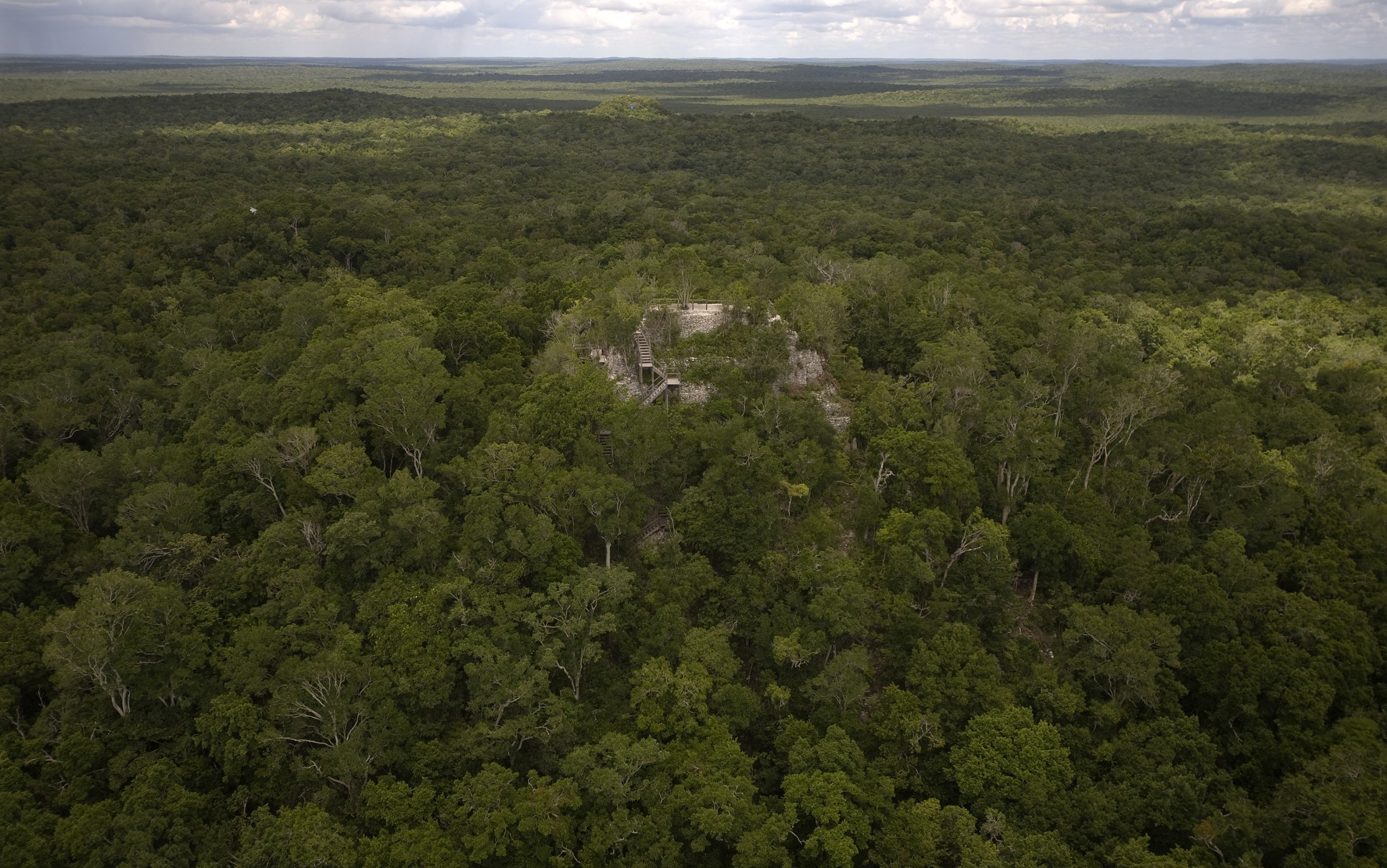
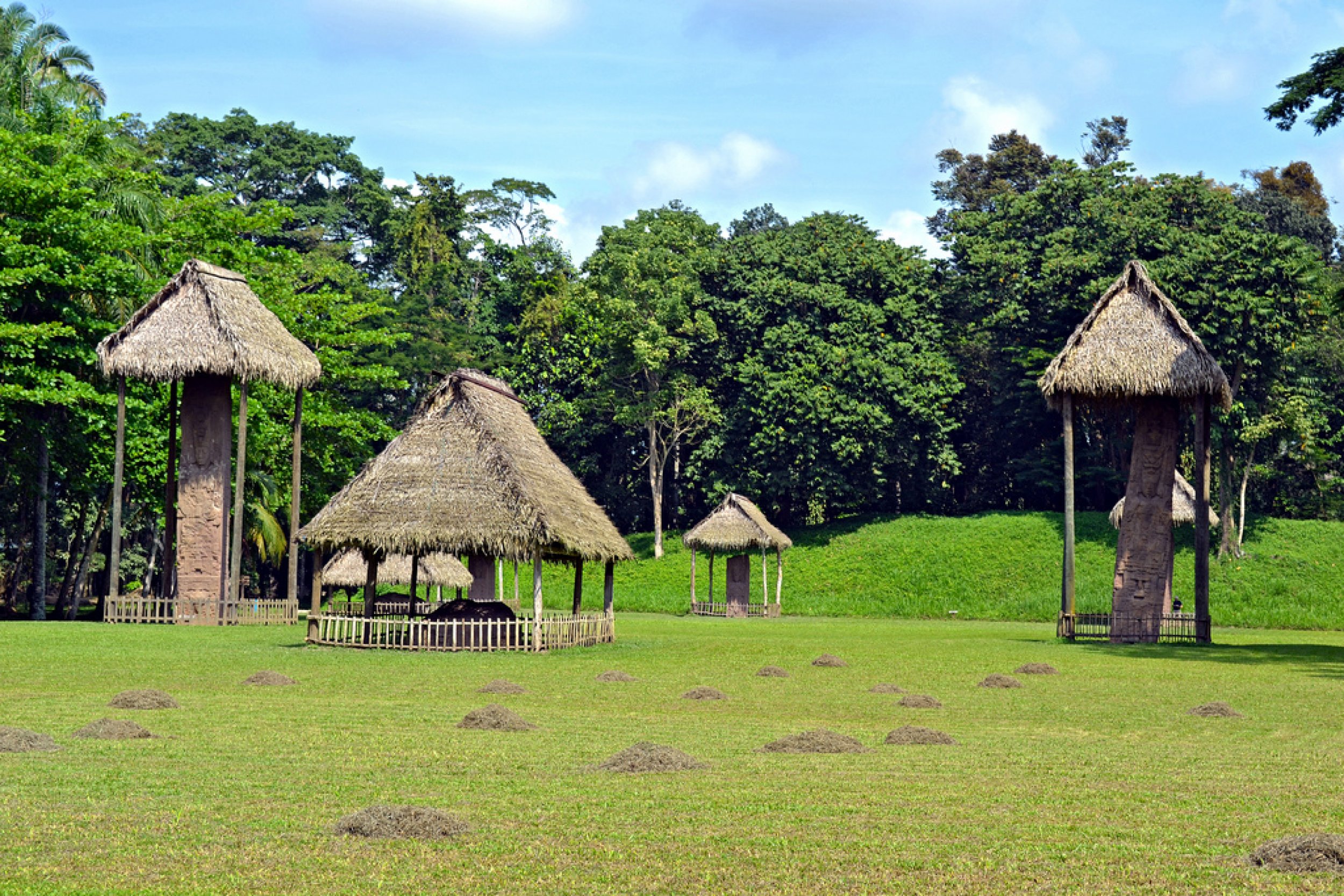
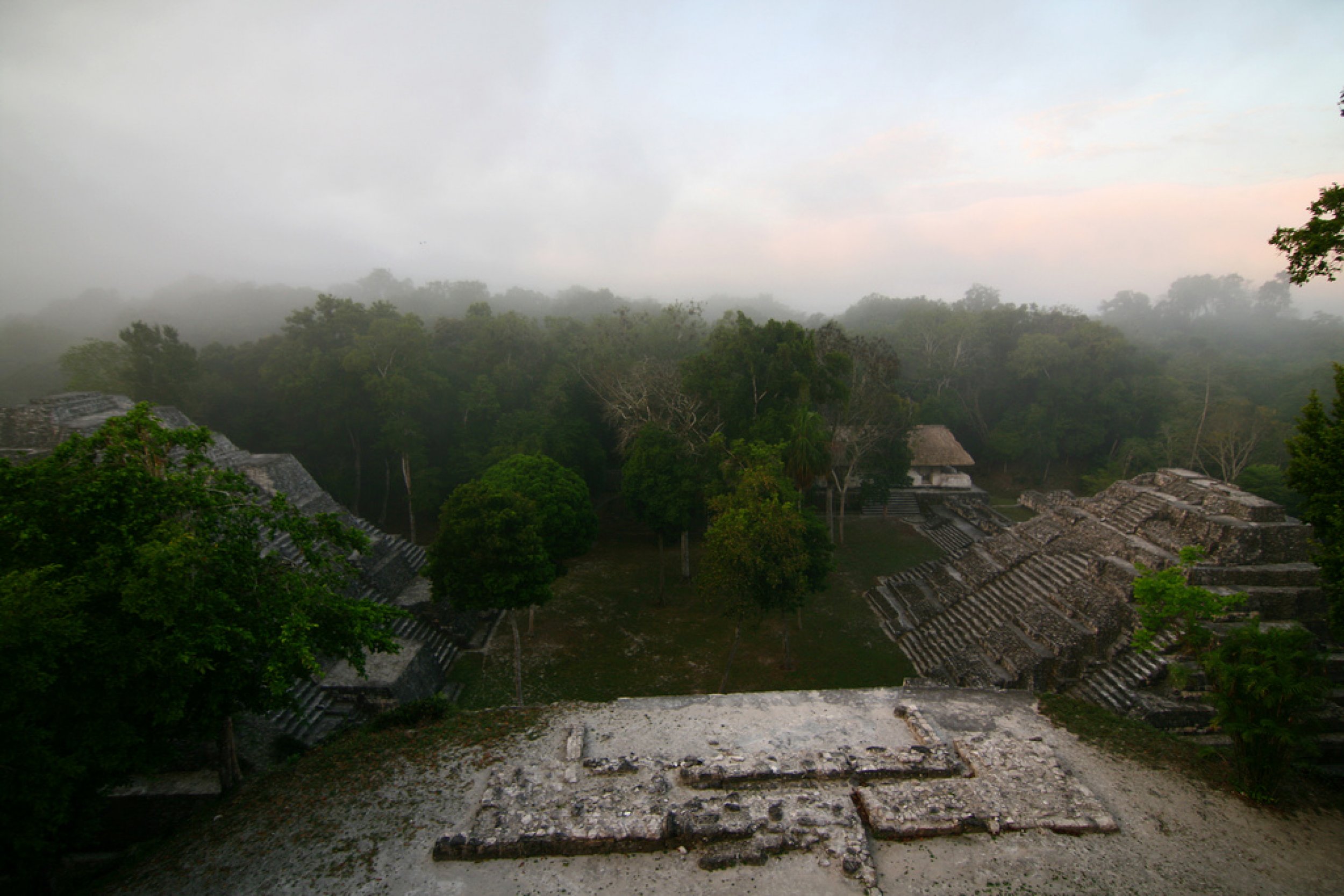
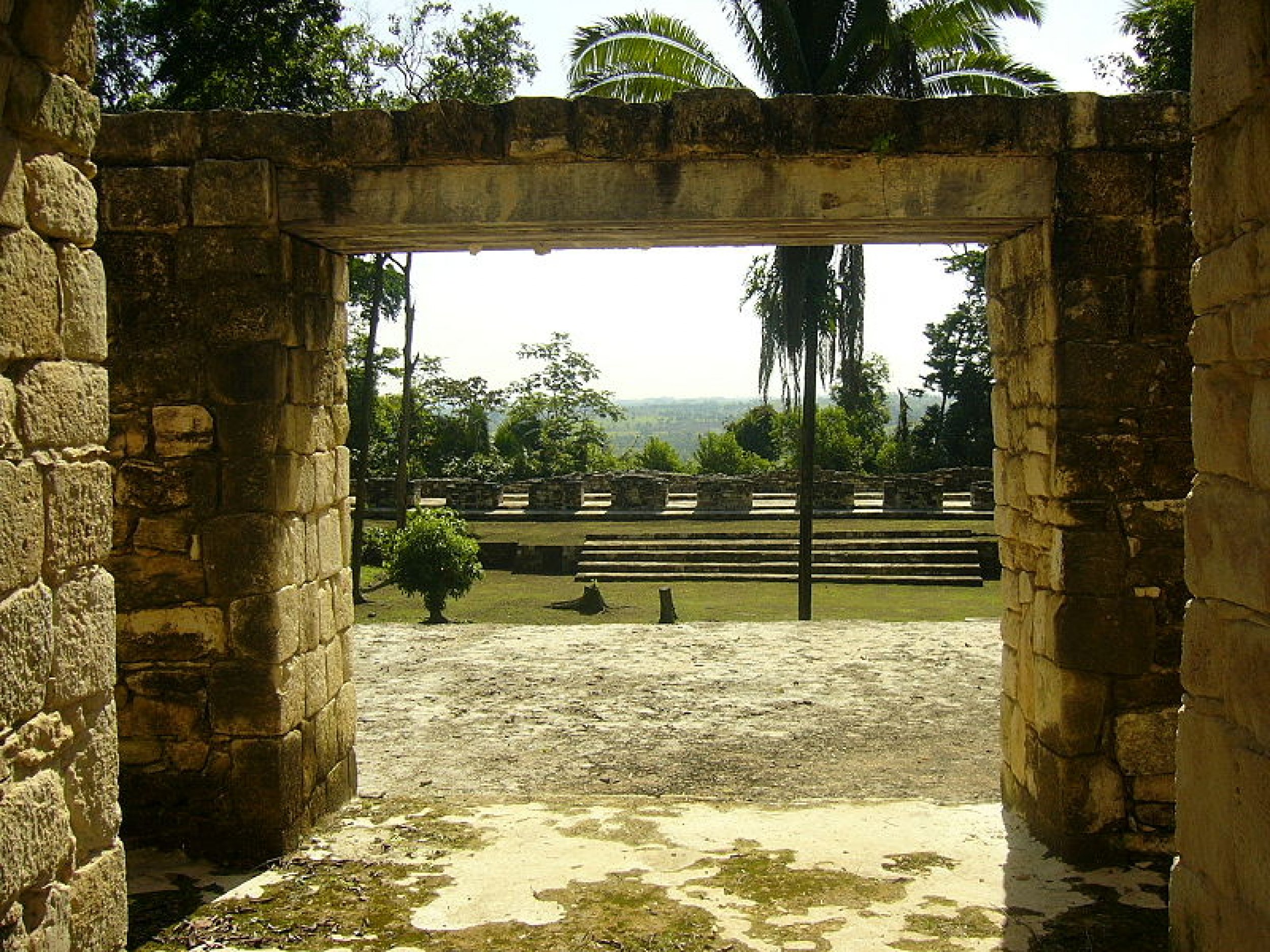
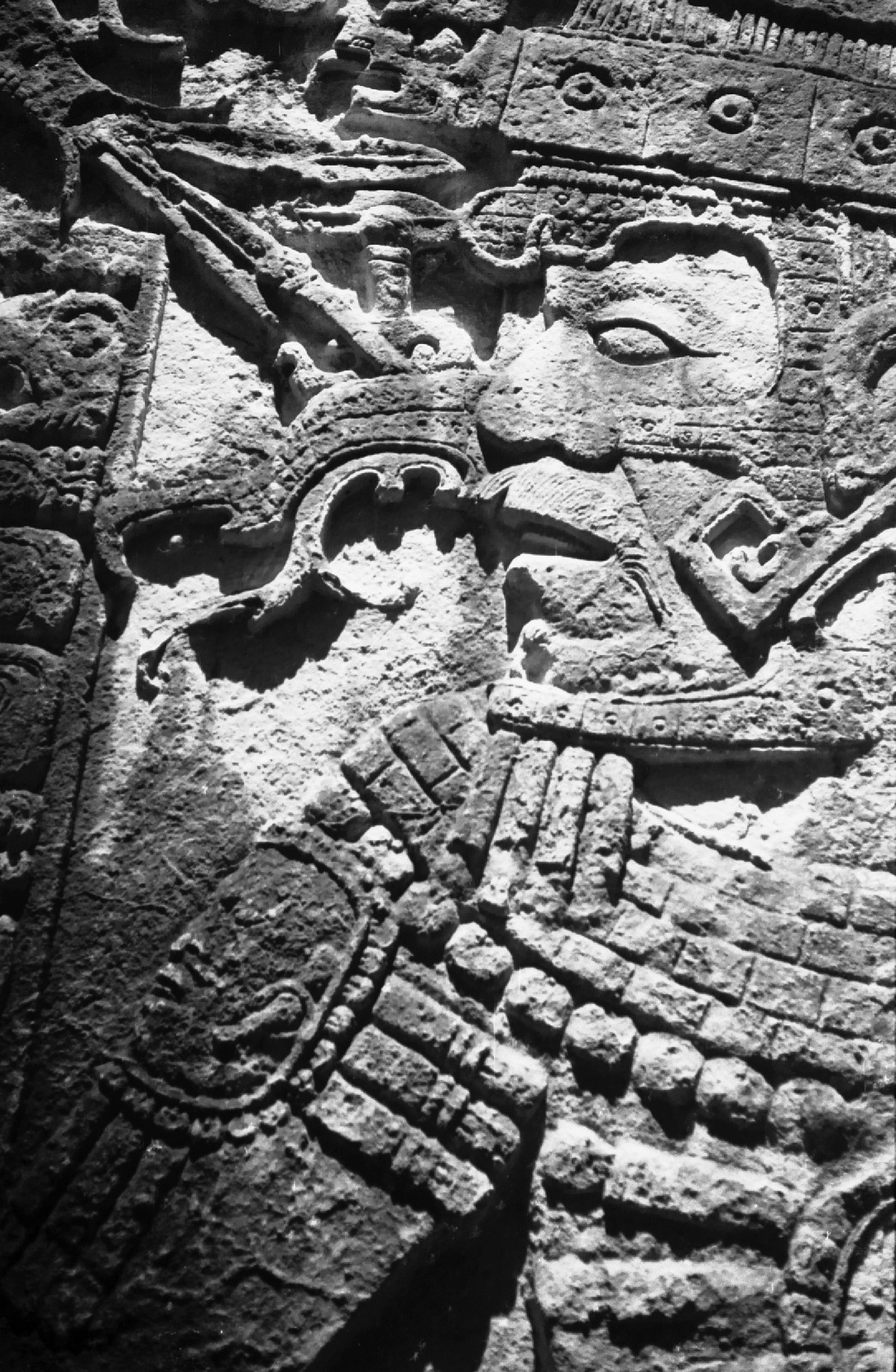
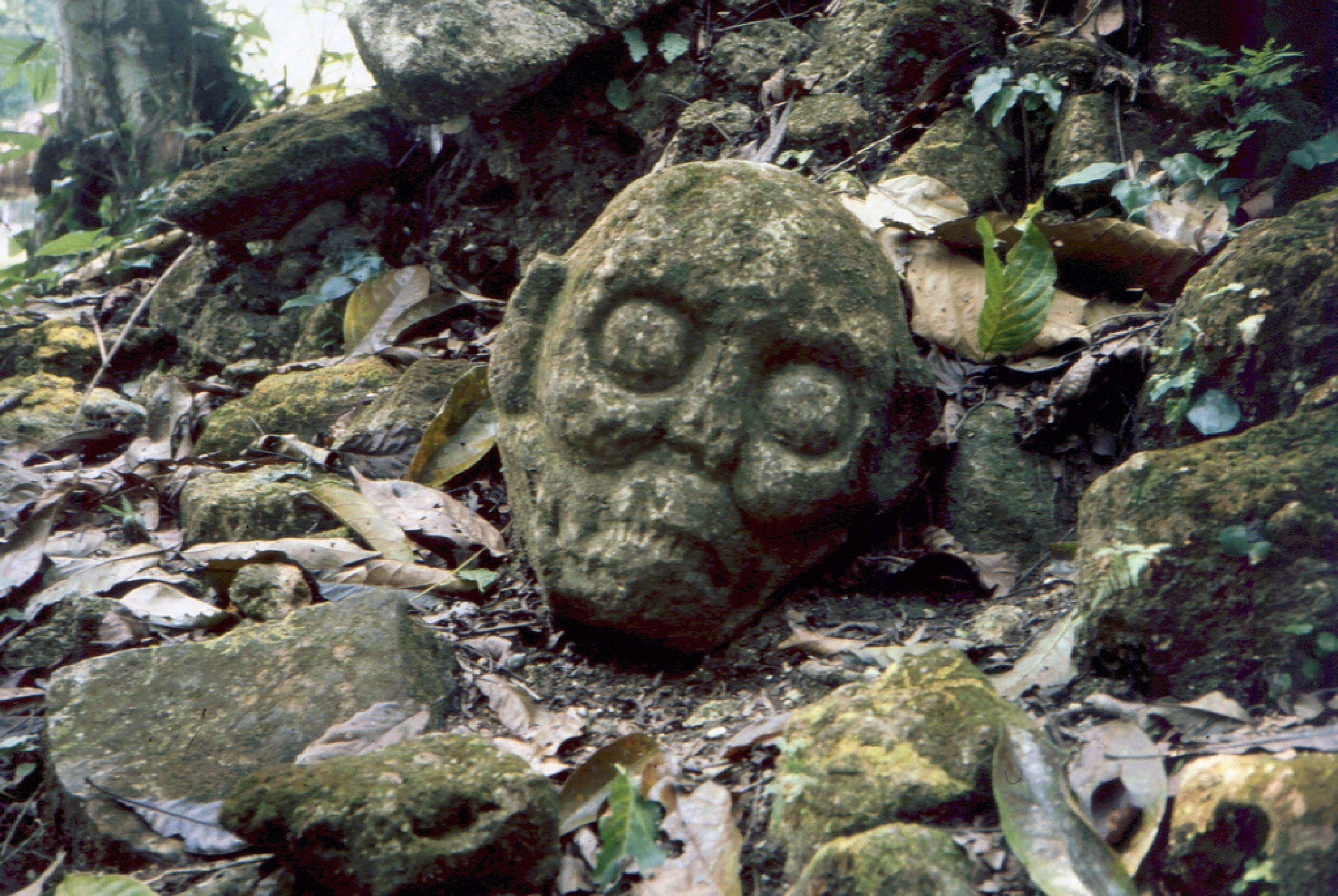
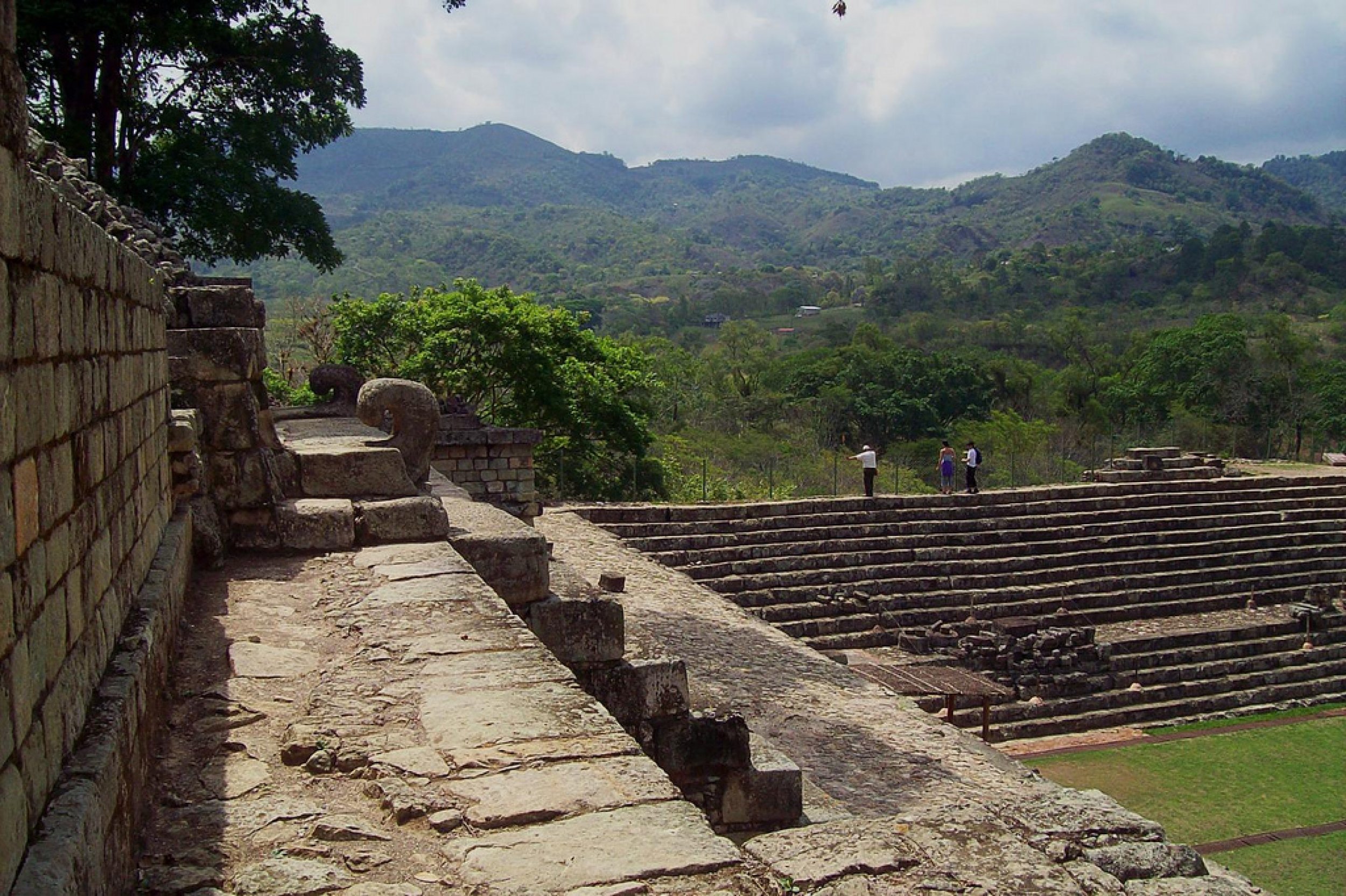
© Copyright IBTimes 2024. All rights reserved.






















